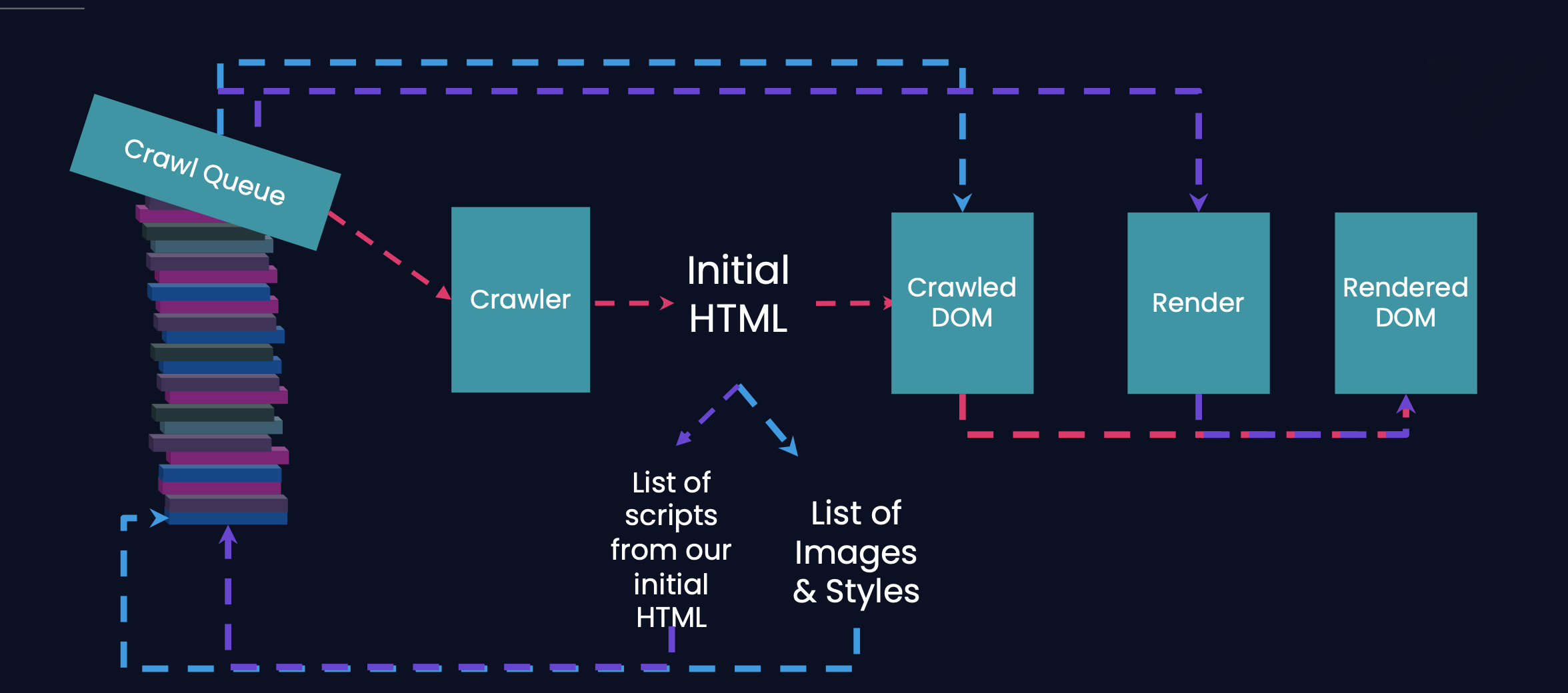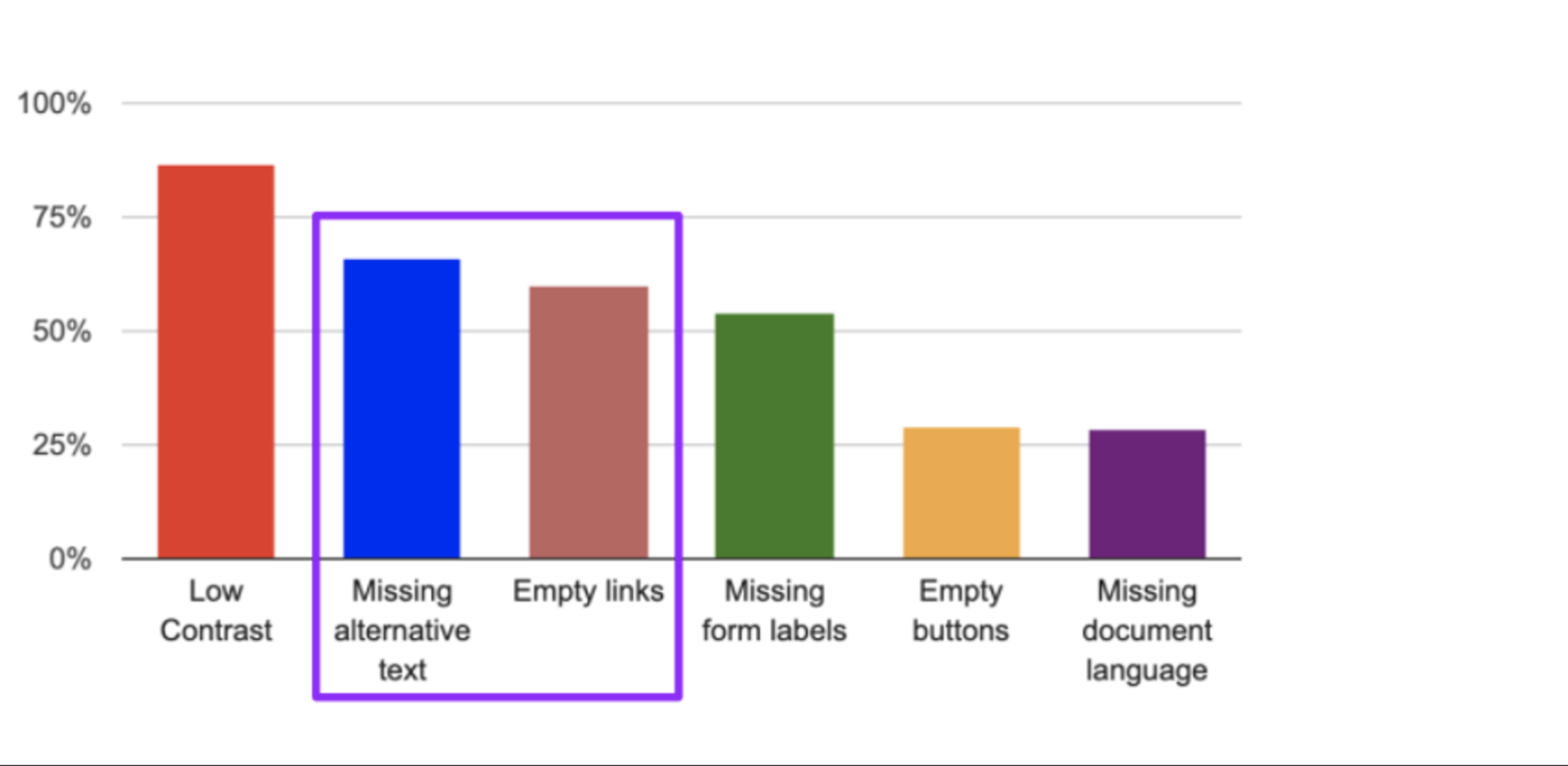Have you checked your website’s health lately?
Your website might look great on the outside, but have you checked deeper?
A healthy website is more than just a good-looking site.
Search engines like Google don’t rank websites based on appearance. Instead, they rank sites in search based on how well they are optimized.
On October 20, I moderated a sponsored Search Engine Journal webinar presented by Ashley Berman Hale, VP for Professional Services, and Jamie Indigo, Lead Senior Technical SEO at DeepCrawl.
They gave insights on techniques that can help increase your website health and influence your rankings.
Here’s a recap of the webinar presentation.
Technical SEO Supported Goals
Want every team in your company to be talking about technical SEO?
Then you have to address the main pillars.
Technical SEO doesn’t work alone. It goes across teams in terms of awareness of what to do.
It acts as a support and a multiplier for all of the different goals:
- Developers: Usage
- Traditional SEO professionals: Mileage
- Marketers: Awareness and connections
- Media Buyers: Brand visibility
- Decision-makers: KPIs, ROI, sustainability
The best way to work in large environments is to be an ally that helps others see the results of their work.
Website Health
Technical SEO is a reflection of overall site health.
The issues technical SEO professionals find impact every user, channel, and medium.
Technical SEO professionals have the tools and skills to see what’s going on, troubleshoot it, but most importantly, multiply the effect for everyone.
It’s the foundation and the experience that users have moving through your business.
You can’t get to Page 1, and you can’t create that experience users want by just doing excellent keyword research. So instead, you’ve got to team up to make cooperative magic.
The 4 Pillars of Technical SEO
- Discoverability
- Performance
- Accessibility
- Security
Pillar #1: Discoverability
Google is crawling your site because they want something out of it. When you look at crawling, it’s really about finding consistently.
Googlebot is a code.
A code obeys rules.
Rules in a set order.
Consider how your site is discovered:
- Is it a 200 response code?
- How is it playing into this?
- Are those resources consistently available?
- Are they useful?
- Are you shipping a ton of code that no one needs?
Most SEO professionals are lucky because they have great internet connections. But most users out there are in a mid-range 3G device with a low CPU.
You might be trying to construct a page made with all the bells and whistles and magic to it, but you might face a timeout or performance issue when you reach those users.
Pillar #2: Performance
How Do You Build a Site in Meaningful Ways?
It would be best if you prioritized loading what matters when it matters.
Hale and Indigo mentioned when a third-party vendor comes to you and says they have a magic solution where you need to put the script beneath the opening head tack, you can tell them “not today.”
There is this tendency to say that JavaScript is a nightmare, sometimes it is, but it also makes the web remarkable.
Sometimes it’s just a matter of cleaning the house, getting rid of stuff you don’t know, showing a lot of stunning images but just doing it right – there are a couple of tools that can help you there.
Show the core content showing as quickly as possible because many want that kind of performance on a site.
Where Do You Find Documentation?
It’s all in Google Developer docs. So if you are interested in SEO, you should go hunt around and hang out there because that is where the gold is.
The vitals project is open source. It’s on GitHub, you can go in and look at the latest pushes, what bugs are available, and you can contribute and be part of this.
Other essential elements to consider are:
- Page experience
- Security
- Mobile-friendliness
The Challenge
Hale and Indigo challenge you all to get off your Wi-Fi, go for a long walk on your phone, try to use your site, try to convert, and become active in a conversation.
The challenge is to experience that frustration, including some ads, which can be a slippery slope in the long term.
What Search Engines Face
This diagram highlights the complexity that goes on for search engines before a browser.
You are stacking up resources for them to access to build together a page.
 Source: DeepCrawl
Source: DeepCrawlWhen you’re putting something on your site, ask yourself these questions:
- How do I measure?
- If this is successful, how do I measure that success versus the performance deficit?
- Are you willing to adopt a “no dumb questions” approach?
The “no dumb questions” approach is one way that their team has translated that directly onto their members.
They hope that you all have that safety when talking to other teams and companies you serve.
Pillar #3: Accessibility
Accessibility goes so much beyond seeing the content or folks who may have a visual impairment. Web accessibility includes:
- Perceiving what is happening on a site.
- Understanding the information.
- Navigating the site.
- Interacting with the site.
Accessibility is also about data access.
So it’s not just human accessibility. It’s about the world out there that doesn’t have access to cheap data like in the U.S.
If you’re forcing something with too many bells and whistles that don’t do something you haven’t optimized for, your content and message all become inaccessible.
Bots Don’t Have Eyes and Ears
While you would want always to be human first as a general approach when putting information on the web, bots don’t have eyes and ears.
So when you’re building a site in meaningful ways, semantically lay them out, use the area properties, and help that construction for everyone.
Go out there, get a cheap phone, use bad Wi-Fi, try and get someone else to interact with your site.
These are massive failures that are happening almost everywhere.
Most common Web Content Accessibility Guidelines (WCAG) failure (% of home pages)
 Source: DeepCrawl
Source: DeepCrawlAlways look into how to serve your users? Look into allowing access for everybody to more information that doesn’t always sell.
Pillar #4: Security
There are many ways that anyone could get into security, and it leaves a lot of ways for you to erode all trust in your fan base and any brand loyalty when you don’t focus on this.
But everyone can look forward to having some cool things coming out in terms of security at scale, with some auditing and some accessibility elements.
[Slides] Website Health Check: Top Technical SEO Tips & Tools
See the SlideShare below.
Join Us for Our Next Webinar!
Keyword Research for SEO: Best Practices & Top Tips
Ready to turn your keywords into profits? Keywords help improve your content, generate conversions, and learn about your audience. Join our upcoming webinar on Wednesday, Nov 3 at 2 p.m. ET for the latest best practices and insights on getting more from your keyword research.
Featured Image Credit: N ON NE ON/Shutterstock
